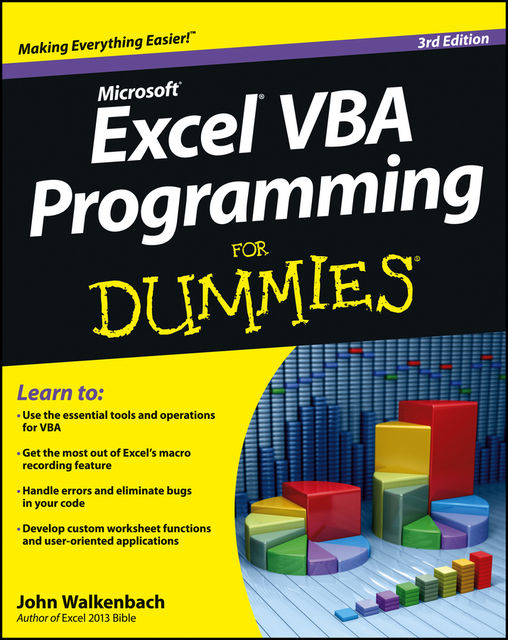
en
Hent appen:
iOS
·Android
Excel VBA Programming For Dummies
Denne bog er ikke tilgængelig i øjeblikket
550 trykte sider
Citater
- Andrey Alexandrovhar citeretfor 5 år sidenListBoxes are useful controls, but working with them can be a bit tricky. Before displaying a dialog box that uses a ListBox, fill the ListBox with items. Then when the dialog box is closed, you need to determine which item(s) the user selected.
- Andrey Alexandrovhar citeretfor 5 år sidenSub UserForm_Initialize()
' Fill the list box
With ListBox1
.AddItem "January"
.AddItem "February"
.AddItem "March"
.AddItem "April"
.AddItem "May"
.AddItem "June"
.AddItem "July"
.AddItem "August"
.AddItem "September"
.AddItem "October"
.AddItem "November"
.AddItem "December"
End With
' Select the first list item
ListBox1.ListIndex = 0
End Sub - Andrey Alexandrovhar citeretfor 5 år sidenUsing a UserForm as a progress indicator
If you have a macro that takes a long time to run, you might want to display a progress meter so people won’t think Excel has crashed. You can use a UserForm to create an attractive progress indicator, as shown in Figure 18-9. Such a use of dialog boxes does, however, require a few tricks — which I’m about to show you.
fb2epub
Træk og slip dine filer
(ikke mere end 5 ad gangen)

